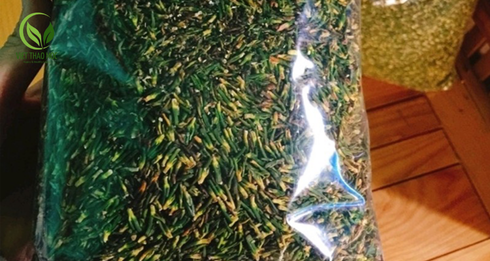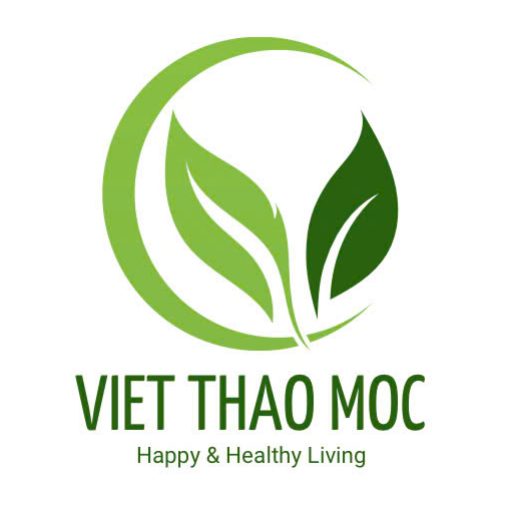Introduction
Lotus (also known as lotus heart – the small green shoot inside lotus seeds) is a valuable traditional medicinal herb in Eastern medicine. It contains high levels of natural alkaloids (such as nuciferine, liensinine) and flavonoids, offering calming effects, supporting sleep, and helping to lower blood pressure.
The extract from lotus embryo tea is widely applied in functional foods, pharmaceuticals, and natural cosmetics.

The lotus embryo is the green germ inside the lotus seed. Once the seed is split open, the lotus heart becomes visible. Its most notable effects include clearing internal heat and promoting relaxation.
1. Raw Material Preparation
Lotus embryo:
-
Use either dried or fresh lotus embryos (preferably wild-harvested, pesticide-free).
Requirements:
-
Moisture content of dried materials: 10–12%
-
Natural fresh green or light green-yellow color
-
Free from mold or impurities
Tea leaves (optional):
-
Made from organically grown or VietGAP-standard green tea leaves.
Extraction solvent:
-
Purified water
Required equipment:
-
Grinding machine
-
Vacuum extraction tank
-
Residue filtration system / Centrifugal filter
-
Vacuum concentrator
2. Extraction Process
2.1. First Extraction
-
Material-to-solvent ratio: 1 : 8–10 (by weight)
-
Extraction temperature: 70–75°C
-
Extraction time: 5–10 minutes, stir gently
Important Notes:
-
Do not extract at temperatures above 80°C, as alkaloids may degrade and lose bioactivity.
-
Extract in a closed system to minimize loss of essential oils.
2.2. Filtration
-
Coarse filtration → Fine filtration
2.3. Second Extraction (optional)
-
Use the leftover material from the first extraction.
-
Soak with water volume equal to 50–70% of the first extraction.
-
Extract for 5 minutes at 65°C
-
Filter the solution and combine it with the first extract.
3. Concentration of the Extract
Purpose:
-
Reduce water content
-
Increase concentration of EGCG, flavonoids, and other active ingredients
Method:
-
Vacuum concentration at low temperatures (40–55°C) to preserve heat-sensitive compounds
Concentration indicators:
-
Brix: 4–8°, or
-
Total polyphenol content based on formulation requirements
4. Sterilization (if applicable)
-
If used directly: apply flash sterilization at 72–75°C for 15–30 seconds
-
If used for spray drying or freeze-drying, this step may be skipped.
5. Final Extract Characteristics
-
Light syrupy liquid
-
Color: greenish-yellow or light yellow (not cloudy)
-
Aroma: mild, characteristic scent of lotus embryo
-
Rich in alkaloids (liensinine, nuciferine), flavonoids, and natural tannins
Summary Flowchart of the Process
Lotus embryo preparation
→ Grinding
→ First extraction
→ Residue filtration
→ (Optional) Second extraction
→ Combine extracts
→ Vacuum concentration
→ Sterilization (if needed)
→ Final lotus embryo tea extract
Key Technical Notes
| Stage | Note |
|---|---|
| Material Selection | Ensure stable, high-quality source |
| Extraction | Maintain consistent, controlled temperatures |
| Concentration | Always concentrate at low temperatures to preserve actives |
| Extract Storage | Use oxygen-resistant packaging; store below 18°C |
II. Benefits of Lotus Embryo Tea

-
Supports relaxation and deep sleep
-
Helps stabilize blood pressure
-
Clears internal heat and detoxifies the body
-
Aids in relieving urinary retention
-
Helps regulate blood sugar levels
-
Supports weight management

 Tiếng Việt
Tiếng Việt


Reviews
There are no reviews yet.